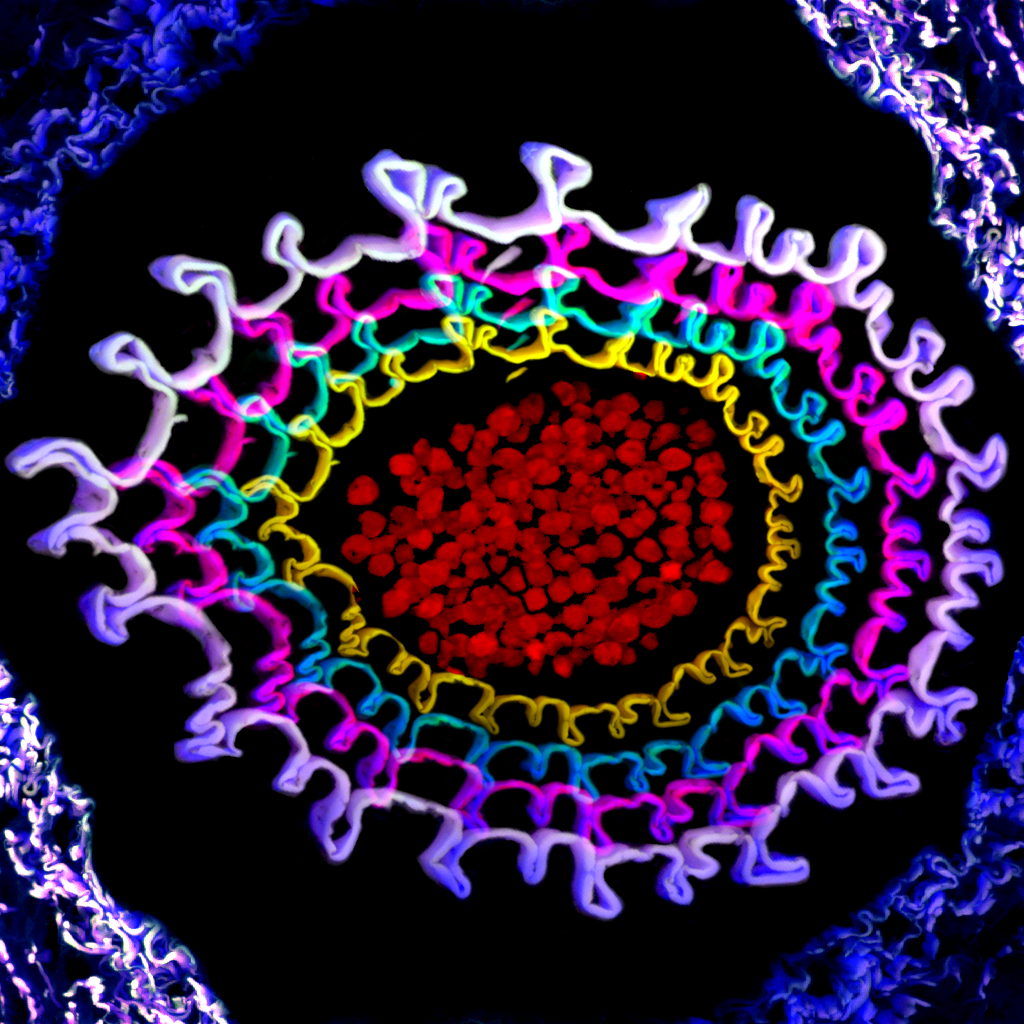
January 9 – Science Journalism by the Pint with STAT
Are you interested in learning more about what the field of science journalism looks like from the inside? Check out our next Science by the Pint event: The (Sometimes Messy) Science of Communicating Science. Coming this Monday (Jan. 9), 6:30pm, to The Burren in Davis Square, free and open to the public! Panelists from the Boston-based publication STAT will discuss what led them to a … Continue reading January 9 – Science Journalism by the Pint with STAT

Virus Beware: Ebola Vaccine Successfully Developed
2016 was a tumultuous year in many respects, but it ended with a major victory against Ebola hemorrhagic fever. Ebola’s most recent outbreak ravaged West Africa from 2013 to 2016, killing roughly two out of every five patients and tens of thousands of people in total. Treatment options are limited once the disease takes hold, so researchers have been pursuing a vaccine that protects against … Continue reading Virus Beware: Ebola Vaccine Successfully Developed

New Physics from the AMS Experiment – Particle Physics on the International Space Station
In 2011 the Alpha Magnetic Spectrometer, or AMS, was launched into space. AMS, housed by the International Space Station and led by a Nobel Prize winning principle investigator, is commonly referred to as the most sophisticated particle physics experiment in space. The experiment was designed to study cosmic rays, a variety of high energy particles produced in space. In five years of operation, AMS has collected … Continue reading New Physics from the AMS Experiment – Particle Physics on the International Space Station

The Blood Flow Border Patrol
The intricate network of blood microcirculation in the human body is a closed and complex one. The hierarchy of blood flow in the human body takes blood from the heart to deep organs systems, through arteries that branch out into smaller arterioles and later into microscopic capillaries. Presented here is a pseudo colored montage of images taken and combined from different magnifications that represent a … Continue reading The Blood Flow Border Patrol

The Tricky Business of Targeting Cancers’ “Master Regulators”
Over the past few decades, cancer therapies have become increasingly targeted, with protein and antibody drugs targeting specific proteins with exquisite selectivity. Often, however, the utility of targeted therapies is limited; there are many different paths to outwardly similar cancers, and targeted therapies are often only effective against very specific cancer subtypes. An alternative strategy, championed by cancer researchers at Columbia University, is to target … Continue reading The Tricky Business of Targeting Cancers’ “Master Regulators”

Slime molds are capable of passing on learned behaviors to new cell populations
A group at Toulouse University in France has found that slime molds are capable of passing on learned behaviors from population to another. After learning how to navigate around an unpleasant stimulus in order to reach its food, the slime mold was merged with a naïve slime mold and then separated. The naïve slime mold then underwent the original experiment and demonstrated the learned behaviors, despite never having been in that situation before. Continue reading Slime molds are capable of passing on learned behaviors to new cell populations

New method successfully recovers lost short-term memories
For decades now, scientists have believed that working memory, a form of short term memory, can be accessed only through the sustained firing of neurons. Working memory is used constantly in our day to day lives — from remembering the name of someone you just met while carrying on a conversation, to mixing the right ingredients in a recipe – it allows us to access … Continue reading New method successfully recovers lost short-term memories

Newly Discovered Footprints Indicate Early Human Relatives Taller Than Previously Estimated
In Laetoli, Tanzania, researches were investigating the area where a new field archeology museum was proposed when they found two sets of human footprints. These footprints were left in volcanic ash 3-4 million years ago, likely by members of the Australopithecus afarensis species. Based on the size of the footprints, researches estimate that they were left by a female standing 4’9” and weighing 87 pounds … Continue reading Newly Discovered Footprints Indicate Early Human Relatives Taller Than Previously Estimated

Zebrabow
Zebrabow embryos express random combinations of red, green, and blue fluorescent proteins, revealing a spectrum of unique hues. These same hues can be used to ‘barcode’ individual stem cells to track their birth and contribution to tissues as the embryo grows–all cells of the same hue were produced from one stem cell’s divisions. The Zebrabow system allows for long-term tissue lineage analysis, because the fluorescent proteins will … Continue reading Zebrabow

House Science Committee Retweets A Breitbart Denial of Global Warming
In an affront to the scientific community, the Science Committee of the House of Representatives recently retweeted a questionable Breitbart article which denied global warming. The cited Breitbart article claimed that warm temperatures in 2015 were due to a particularly strong El Niño, not a longer term trend of global warming, and that previous to 2015, there was actually a “global warming hiatus.” The article was … Continue reading House Science Committee Retweets A Breitbart Denial of Global Warming




